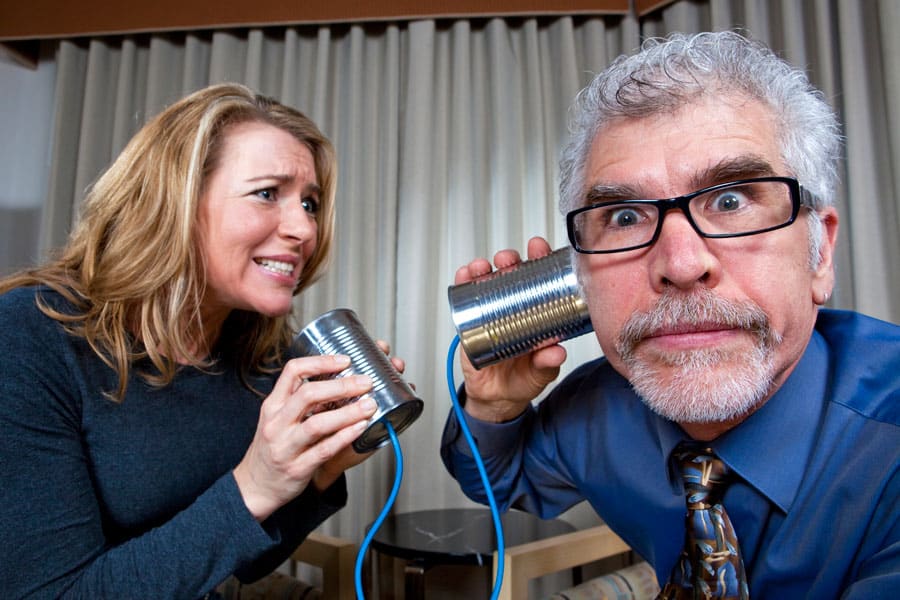By guest blogger Dr. Rhetta Standifer
Look around your nonprofit at the people you interact with every day. You’ll see diversity of age all around you. Some employees and volunteers are older than you, and some are younger. It’s easy to spot that difference, right? The young one seems to be physically connected to their smartphones, and the older ones are frequently the leaders.
We’ve always had people of different generations working together—that’s nothing new. But here’s the thing: generational diversity is the norm now, not the exception. We have four generations in the workplace simultaneously, and that’s not likely to change. Diversity also exists in those whom your organization serves.
Why care? Because one challenge that all nonprofits share, regardless of their mission, is how to effectively communicate across those generations. When communicating, keep these two things in mind:
- Generations are more similar than different. Research has clearly demonstrated that the generational “differences” most of us see are more perception than reality. Help your organization’s employees and volunteers to realize this.
- Where true differences exist, that diversity is strength. Create generational synergies by utilizing the unique strengths of each generation to collectively create better solutions.
One of the “real” generational differences I have found in my research is in how they communicate. But how do you accept the similarities and embrace generational differences with regard to communication? Here are four suggestions:
- Get to know the people you work with and the people you serve. Talk to them about what they need at work, what they do outside of work, what makes them happy, sad, energized, etc. The way to break down stereotypes and perceptions is to get to know a person, not their generation. Once that starts to happen, you’ll see “Bob” rather than “that kid in fundraising,” and you’ll see “Sally” rather than “that lady in accounting.” Over time, this helps you look past age in your other relationships as well. If you are the boss, encourage these kinds of interactions among the people you lead.
- Accept that each generation has its “favorite” way to communicate. Millennials love social media. Gen Xers love email. Boomers and Traditionalists love face-to-face interactions. That’s all OK. These methods are all vital to communicating with your clients and with each other.
- Now accept that each communication method is worthwhile. Millennials: I know you think your smartphone is the greatest invention known to humanity. Boomers: I know you think the best way to communicate is in a face-to-face meeting. Gen Xers: I’m one of you, and I prefer email over having another meeting, too. But each of us needs to admit that sometimes our favorite tool isn’t the best one for the job. Work together to get the best mix of mediums for effective communication with each other and the people you serve.
- Use cross-mentoring to create generational synergies. Have a Gen Xer work with a Traditionalist, or have a Boomer work with a Millennial. The traditional notion of mentoring was for the older person to teach the younger. But today, both the older and the younger person have something to give. Allow them to learn from each other, and as they do, they’ll break down perceptions. Encourage them to discover new ways of thinking built out of the strengths that each generation brings to the table.
Effective communication across the generations can happen. It takes time, effort, and a desire to make it happen. But when it does, the benefits to your nonprofit, your people, and your clients are immeasurable.
Dr. Rhetta Standifer is an associate professor of management at the University of Wisconsin–Eau Claire, where she teaches leadership, organizational behavior, and conflict resolution at the undergraduate and graduate levels. She is also the Managing Partner of Standifer Strategies, a consulting firm that specializes in leadership issues and making the workplace productive, engaging, and meaningful.


